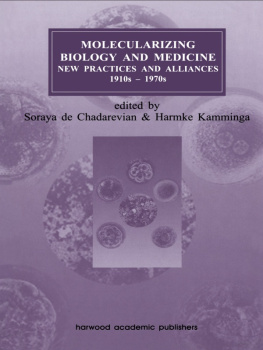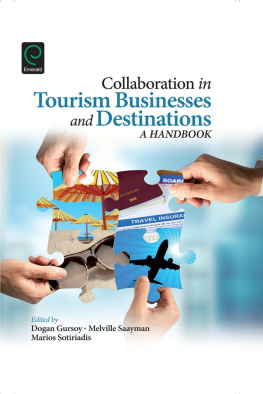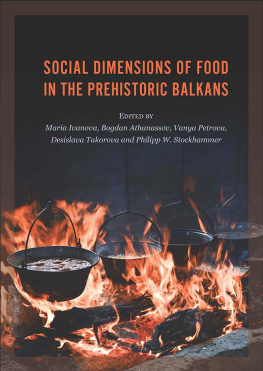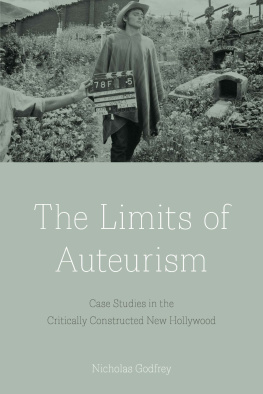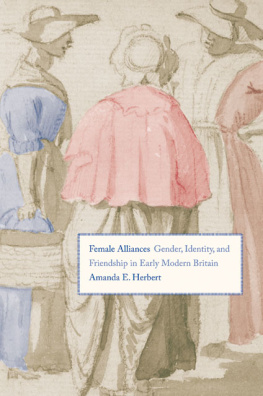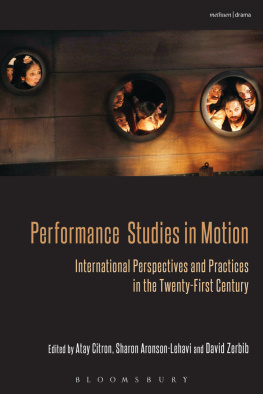Studies in the History of Science, Technology and Medicine
Edited by John Krige, CRHST, Paris, France
Studies in the History of Science, Technology and Medicine aims to stimulate research in the field, concentrating on the twentieth century. It seeks to contribute to our understanding of science, technology and medicine as they are embedded in society, exploring the links between the subjects on the one hand and the cultural, economic, political and institutional contexts of their genesis and development on the other. Within this framework, and while not favouring any particular methodological approach, the series welcomes studies which examine relations between science, technology, medicine and society in new ways e.g. the social construction of technologies, large technical systems.
Other Titles in the Series
Volume 1
Technological Change: Methods and Themes in the History of Technology
Edited by Robert Fox
Volume 2
Technology Transfer out of Germany after 1945
Edited by Matthias Judt and Burghard Ciesla
Volume 3
Entomology, Ecology and Agriculture: The Making of Scientific Careers in North America, 18851985
Paolo Palladino
Volume 4
The Historiography of Contemporary Science and Technology
Edited by Thomas Sderqvist
Volume 5
Science and Spectacle: The Work of Jodrell Bank in Post-war British Culture
Jon Agar
Volume 6
Molecularizing Biology and Medicine: New Practices and Alliances, 1910s1970s
Edited by Soraya de Chadarevian and Harmke Kamminga
Other Volumes in Preparation
Making Isotopes Matter: F.W.Aston and the Culture of Physics
Jeff Hughes
This book is part of a series. The publisher will accept continuation orders which may be cancelled at any time and which provide for automatic billing and shipping of each title in the series upon publication. Please write for details.
This edition published in the Taylor & Francis e-Library, 2005.
To purchase your own copy copy of this or any of taylor & Francis or Routledge's collection of thousands of ebooks please go to www.eBookstore.tandf.co.uk.
Copyright 1998 OPA (Overseas Publishers Association) Amsterdam B.V.
Published under license under the Harwood Academic Publishers imprint, part of The Gordon and Breach Publishing Group.
All rights reserved.
No part of this book may be reproduced or utilized in any form or by any means, electronic or mechanical, including photocopying and recording, or by any information storage or retrieval system, without permission in writing from the publisher. Printed in Singapore.
Amsteldijk 166
1st Floor
1079 LH Amsterdam
The Netherlands
British Library Cataloguing in Publication Data
Molecularizing biology and medicine: new practices and alliances, 1910s1970s(Studies in the history of science, technology and medicine; v. 6)
1. Molecular biologyHistory20th century
I. Chadarevian, Soraya de II. Kamminga, Harmke
572.80904
ISBN 0-203-30423-3 Master e-book ISBN
ISBN 0-203-34414-6 (Adobe eReader Format)
ISBN 90-5702-293-1 (Print Edition)
List of Illustrations and Credits
. Van Slyke volumetric apparatus with water jacket and shaking device. From D.D.Van Slyke and W.C.Stadie, The Determination of the Gases of the Blood Journal of Biological Chemistry (1921), 49:3.
. Monitoring acidosis in a diabetic patient. The curves trace acidosis in terms of acid excretion and plasma bicarbonate in Case 2684, female, age 43, suffering from extreme diabetes. From E.Stillman, D.D.Van Slyke, G.Cullen and R.Fitz, Studies of Acidosis. VI. The Blood, Urine and Alveolar Air in Diabetic Acidosis Journal of Biological Chemistry (1917), 30:435.
. Modified Van Slyke apparatus sold by The Emil Greiner Company, ca 19481952. Courtesy of the National Museum of American History, Smithsonian Institution.
. Charting the course of nephritis in chemical parameters. From D.D.Van Slyke et al., Observations on the Course of Different Types of Blights Disease, and on the Resultant Changes in Renal Anatomy Medicine (1930), 9:289.
. Two six-year old children with severe rickets (left and right) and a normal child of the same age (middle), Vienna, 1920. From Medical Research Council, Vitamins: A Survey of Present Knowledge (London: HMSO, 1932), Figure 3.
. Advertisement for Glaxo milk powder fortified with vitamin D. From Chemist and Druggist, 5 January 1929, supplement p. ix. Reproduced by courtesy of the Director and University Librarian from an original held in the John Rylands Library of Manchester.
. New model plant manufacturing synthetic vitamin C, Roche Products, Ltd, Welwyn Garden City. From Food Industry Weekly, 4 November 1938, p. 25. Reproduced with permission of the Syndics of Cambridge University Library.
. Medical products from fractionation of human blood plasma. From E.J.Cohn, The History of Plasma Fractionation in E.C.Andrus (ed.), Advances in Military Medicine, Vol. 1 (Boston, MA: Little, Brown and Company, 1948), Chapter 28.
. Juxtaposed photographs of Harvard pilot plant (left) and an industrial plant (right), showing the drying of blood proteins from the frozen state in the production of fractionation products. From E.J.Cohn, The History of Plasma Fractionation in B.C.Andrus (ed.), Advances inMilitary Medicine, Vol. 1 (Boston, MA: Little, Brown and Company, 1948), Chapter 28.
. Picture of Edwin Cohn, shortly after receiving the Richards Medal from the Northeastern Division of the American Chemical Society, on the cover of the national publication of the American Chemical Society, Chemical and Engineering News, May 25, 1948. Courtesy of Harvard University Archives. Copyright (1948) American Chemical Society; reprinted with permission.
. Electron microscope picture of the chicken sarcoma agent. From CancerResearch (1947), 7:421. 135
. Ultracentrifugation photographs of the influenza virus. From Proceedings of the Society for Experimental Biology and Medicine (1943), 52:241.
. Stanley standing in front of electron microscopic images of the polio virus. Courtesy of the Bancroft Library, University of California, Berkeley. Reproduced with permission.
. Child with sickle cell anemia. The bossing of the skull is one of the clinical symptoms of the disease. From H.Lehmann and R.Huntsman, Mans Hemoglobins (Amsterdam: North-Holland Publishing Company, 1966), p. 115. Reprinted with permission of B.Lehmann and R.Huntsman. Courtesy of Wellcome Institute Library, London.
. Simple equipment for filter paper electrophoresis. From A.I.Chernoff, The Human Hemoglobins in Health and Disease New EnglandJournal of Medicine (1955), 253:326. Copyright (1955), Massachusetts Medical Society. Reprinted with permission of the New England Journalof Medicine. Courtesy of Wellcome Institute Library, London.
. Laboratory equipment used in the survey of abnormal hemoglobins in Western Uganda. The use of high tension batteries permitted survey work to be carried out without mains electricity. From Lehmann and Huntsman, Mans Hemoglobins (Amsterdam: North-Holland Publishing Company, 1966), p. 272. Reprinted with permission of B.Lehmann and R.Huntsman. Courtesy of Wellcome Institute Library, London.
. Filter-paper electrophoresis of blood samples of the West African J.R.A. and of a sickle cell trait carrier (A and S hemoglobin). From G.M.Edington and H.Lehmann, Hemoglobin G.A New Hemoglobin

